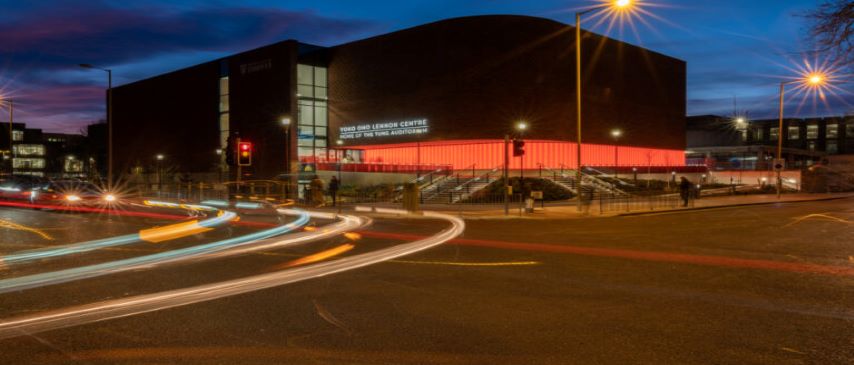
Institute of Ageing & Chronic Disease Seminar with Zoe Ashley, University of Otago, New Zealand. 'Role of ENaC and the interaction with the glycocalyx in control of vascular tone and autoregulation of blood flow in health and disease.'
- 49003
- Brenda Smith
- Admission: Free to University Staff and students
Add this event to my calendar
Click on "Create a calendar file" and your browser will download a .ics file for this event.
Microsoft Outlook: Download the file, double-click it to open it in Outlook, then click on "Save & Close" to save it to your calendar. If that doesn't work go into Outlook, click on the File tab, then on Open & Export, then Open Calendar. Select your .ics file then click on "Save & Close".
Google Calendar: download the file, then go into your calendar. On the left where it says "Other calendars" click on the arrow icon and then click on Import calendar. Click on Browse and select the .ics file, then click on Import.
Apple Calendar: The file may open automatically with an option to save it to your calendar. If not, download the file, then you can either drag it to Calendar or import the file by going to File >Import > Import and choosing the .ics file.
Host: Hazel Sutherland
Previous Research:
Role of the carotid body in dysregulation of autonomic control of the heart following myocardial infarction
Cardiac autonomic balance is dysregulated in heart failure, with increases in cardiac sympathetic nerve activity correlating with poor clinical outcome. The dysregulation appears to be multi-factorial involving shifts in the balance of autonomic reflexes. Our research focused on the role of augmentation of the chemoreflex in driving the increases in sympathetic nerve activity post-myocardial infarction.
Abstracts
Hyperventilation in normoxia following myocardial infarction in rats: A shift in the set point of the hypoxic ventilatory response
Zoe Ashley, Daryl O Schwenke and Pat A Cragg
Aim: The peripheral chemoreflex is augmented in heart failure, and it may contribute to sympathoexcitation. This study aimed to investigate both the chemoreflex and cardiac sympathetic nerve activity in the acute stage post-myocardial infarction.
Methods: Myocardial infarction was induced in male adult Sprague Dawley rats by permanent ligation of the left anterior descending coronary artery. Within-animal repeated measure assessment of normoxic and hypoxic ventilation patterns were determined with whole body plethysmography, and compared to sham-operated controls. Cardiac function, morphology and cardiac sympathetic nerve activity were determined 14 days later.
Results: Infarction induced increases in normoxic ventilation through increases in tidal volume within 3 days. At the same time- points, the hypoxic ventilatory response to short-durations (10 min) of hypoxia (8, 10 and 12% inspired O2) were blunted. Increases in nerve activity, specifically through increased firing rate, was observed on D14 where a significant cardiac dysfunction (ejection fraction 43%) was present.
Conclusions: An augmentation of normoxic ventilation caused by myocardial infarction occurs before the amplification of the hypoxic ventilatory response. It occurs much earlier following myocardial injury than previously demonstrated, and may have a role in initiating cardiac sympathoexcitation. The differences in the augmentation of hypoxic response between early and late stages post-myocardial infarction suggest that the initial change in the chemoreflex is an alteration to the operating-point of chemoreflex. This is probably attributed to changes within the carotid bodies as a result of the reduced blood flow due to cardiac dysfunction.
